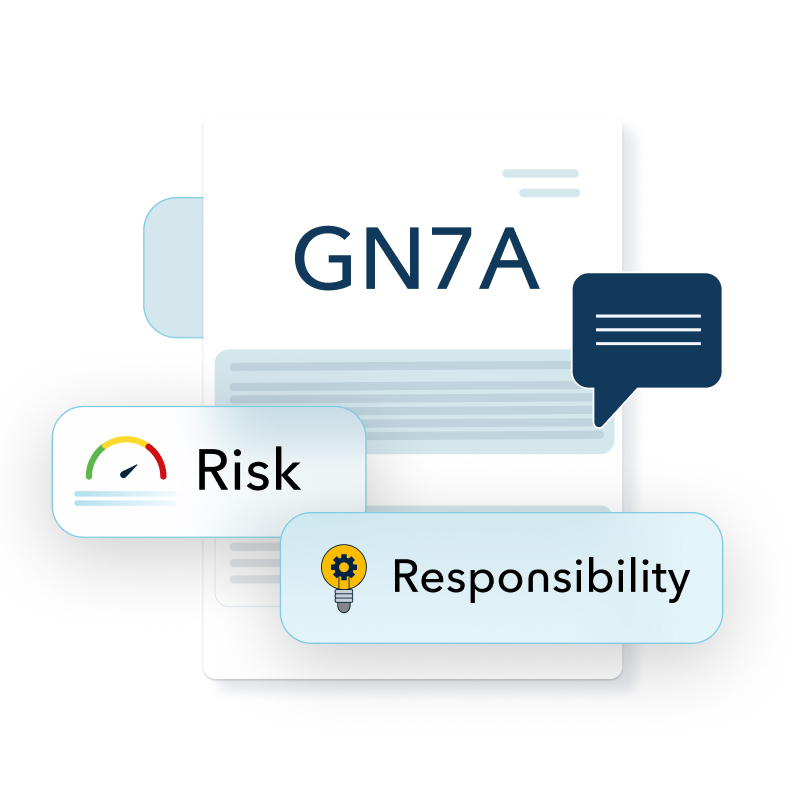Modern financial criminals employ a range of advanced methods to launder money and finance terrorism. These include utilising deepfakes, photo-editing documents to disguise their identities, and engaging in intricate layering techniques to disguise the origins of illicit funds.
An example includes the saga of Mozambican Zingai Dhliwayo, who stole the identity of South African Bethal Ngobeni by replacing the photograph on his ID. Under his newly assumed identity the alleged illicit gold trader went on a shopping frenzy — splashing R4,2 million on six cars and two homes, hoarding the other R2,4m in his bank account.
Within just seven months Dhliwayo allegedly spent millions of rands he ‘earned’ through buying stolen gold-bearing materials from mineworkers in Carletonville and selling them at inflated prices on the black market. And potentially all of this could have been avoided through a proper check his (falsified) ID document.
Repercussions of Non-Compliance in South Africa
South African regulatory authorities have demonstrated a renewed commitment to enforcing compliance with anti-money laundering (AML) and counter-terrorist financing (CFT) legislation, and the Financial Intelligence Centre Act (FICA), in a bid to remove the country from the international Greylist. This places great pressure not only on the government, but also on institutions on the ground - where failing to adhere to FICA compliance regulations will greet them with substantial penalties.
In November 2024, a law firm was sanctioned with a R7,7 million financial penalty for non-compliance with FICA. This case - just one of many such examples - clearly showcases the severe consequences legal practitioners can face when they neglect their AML obligations.
Similarly, the South African Reserve Bank imposed administrative sanctions, whose ramifications even extended beyond South Africa’s own borders, on the State Bank of India in August 2024. The bank faced a financial penalty that totalled R10 million for failures in customer due diligence and cash threshold reporting obligations. These incidents highlight the critical importance of robust compliance programs to prevent financial misconduct.
Leveraging Smart Technology to Combat Financial Crime
As criminals adopt more sophisticated methods, businesses must employ even more advanced technologies to detect and prevent illicit activities. This is why nCino KYC has added biometric and facial authentication and verification to our FICA software. By validating data through a secure triangulated authentication process, it proves that a person is real and transacting in the present moment.
Additionally, our platform includes comprehensive screening capabilities, enabling businesses to conduct thorough customer due diligence. By automating the verification of customer information against global watchlists and sanctions databases, companies can identify potential risks promptly and accurately.
The Role of Biometric Verification and Authentication
Biometric authentication, combined with liveness testing, has emerged as a critical component in enhancing security and compliance. These technologies verify a person's identity based on unique biological traits and ensure that the individual is physically present during the verification process.
Liveness detection analyses biometric features such as skin texture, pupil movement, and facial expressions to distinguish between a live person and fraudulent representations like through the use of deepfakes, digital or printed photos or even masks. This process, then, significantly reduces the risk of identity fraud during digital onboarding.
Implementing biometric authentication and liveness testing offers several benefits:
- Enhanced Security: By ensuring that only legitimate individuals can access services, these technologies protect against unauthorised account access and fraudulent activities.
- Regulatory Compliance: Accurate identity verification helps businesses meet AML and CFT regulatory requirements, minimise the risk of involvement in financial related crime and reduce the risk of non-compliance penalties.
- Improved Customer Experience: Streamlined and secure verification processes enhance customer trust and satisfaction, fostering better business relationships.
The landscape of money laundering and terrorist financing is continually evolving, with criminals employing increasingly sophisticated tactics. For South Africa to rid itself of its Greylisting, the solution cannot be a once-off “fix”. In response, South African businesses and regulatory bodies must, therefore, adopt advanced technologies and robust compliance measures to protect the financial system as a whole. Our biometric authentication and liveness testing, offer effective tools to detect and prevent financial crimes. By embracing these innovations, organisations can enhance security, ensure compliance, and contribute to the integrity of the financial sector.
After almost three years of dedicated reform efforts, South Africa successfully exited the FATF greylist on 24 October 2025. Read more about what this means for accountable institutions.
To discover how our newly launched biometric liveness and facial authentication feature can help your business simplify your client onboarding and ensure FICA compliance, reach out to our team.

About the author:
Hawken McEwan
Hawken has over 25 years' experience in financial crime compliance, regulatory operations, banking operations, risk and change. Specialising in FICA and Anti-Money Laundering, Hawken is an FSCA approved Compliance Officer, FAIS Key Individual and an advisor to BankSETA around AML due diligence and transaction monitoring. He holds a Masters from the University of Edinburgh, a PGCE from the University of Sunderland and is a certified Anti-Money Laundering Specialist.






